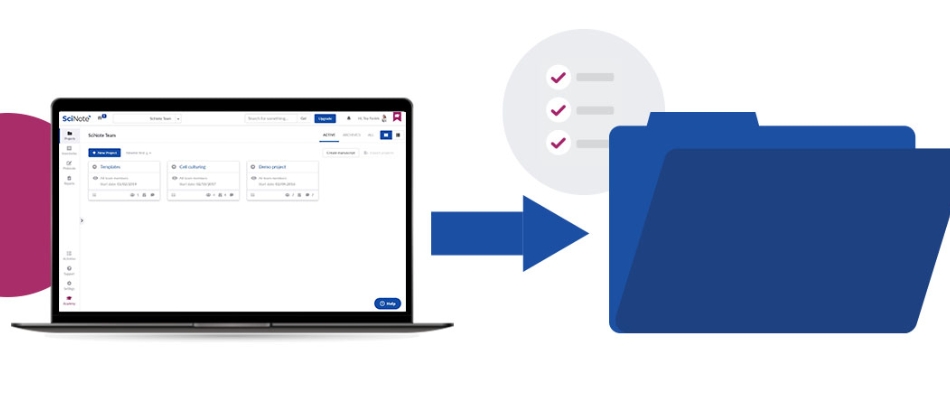Listening to your requests, we greatly improved e-signing in SciNote for you! Check out this video on how you can request signatures from your colleagues and get them notified that the task is waiting for their review.
Releases
Together with the new Task status flow, we also made some improvements for e-signing Tasks in SciNote. Do not worry, the basic principles for e-signatures are still the same and still comply with the GxP and 21 CFR Part 11 requirements.
With the coming SciNote release at the end of September 2020, we are saying goodbye to our Complete task button and introducing new Task status flow.
To address the need of connecting the information about samples, reagents, instruments, or other inventory items, to your work on experiments and tasks in the lab, we are adding new functionalities to SciNote.
The dashboard is comprised out of 4 sections, the tasks section, the calendar, the quick start section, and the recent work section.
SciNote’s dedicated scientists prepared templates of today’s most widely used life science experiments. Detailed descriptions, protocols and graphics are here for you to use, edit and develop them further.
Dear SciNote users, based on your feedback, we are releasing two new features: advanced filtering of all activities in SciNote and image annotations.
SciNote Premium Academia and Industry accounts now enable you to export all your projects’ data in a readable format. And it gets even better – all your attachments will also be neatly organized in folders.
With the latest SciNote upgrade, we’ve released the first version of the RESTful API for SciNote. In this article, I’d like to explain what an API actually means – for those who are not familiar with the technicalities of it – and why it is really good to have one in 2019.
SciNote Reviews
Get SciNote ELN
Top-rated cloud-based electronic lab notebook (ELN) software.
Contact Sales
SciNote, LLC
- 3000 Parmenter St. Middleton, WI USA POB 620828
Support & Resources
Contact Support
SciNote Newsletter
Receive SciNote ELN news, webinars and articles.
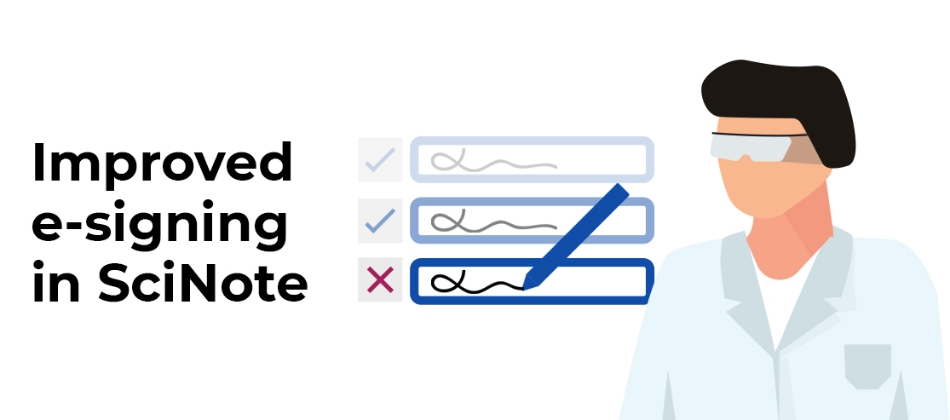
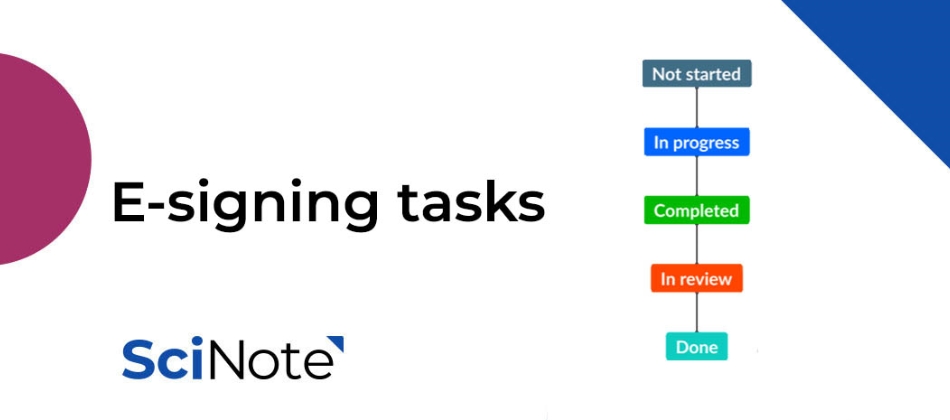
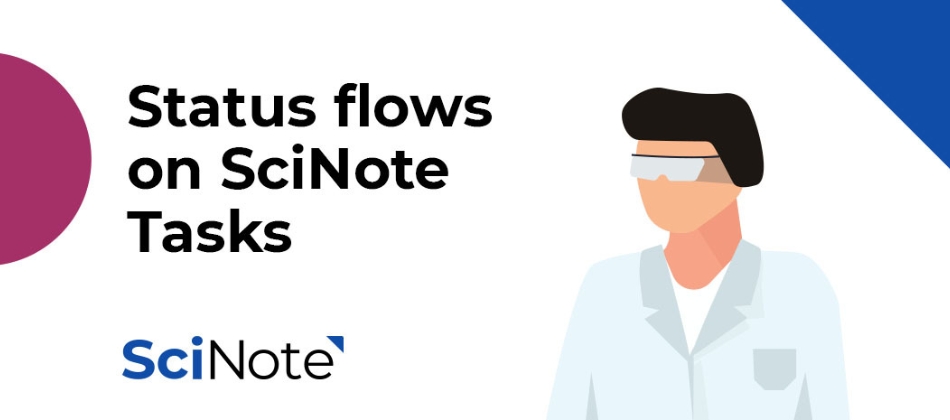
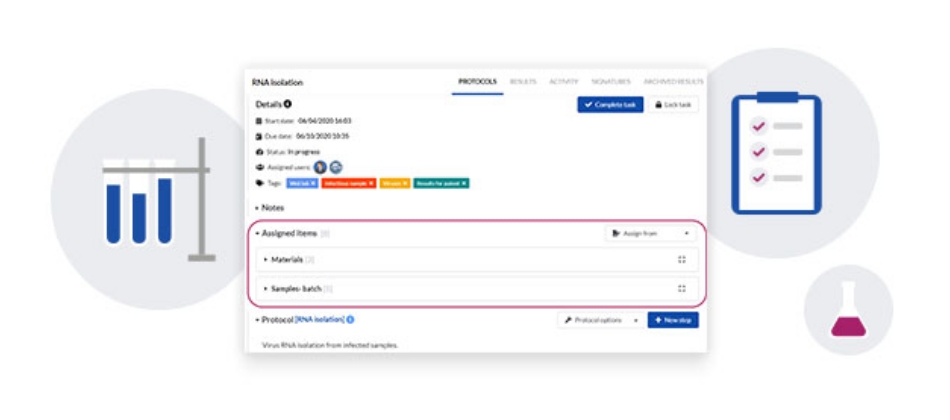
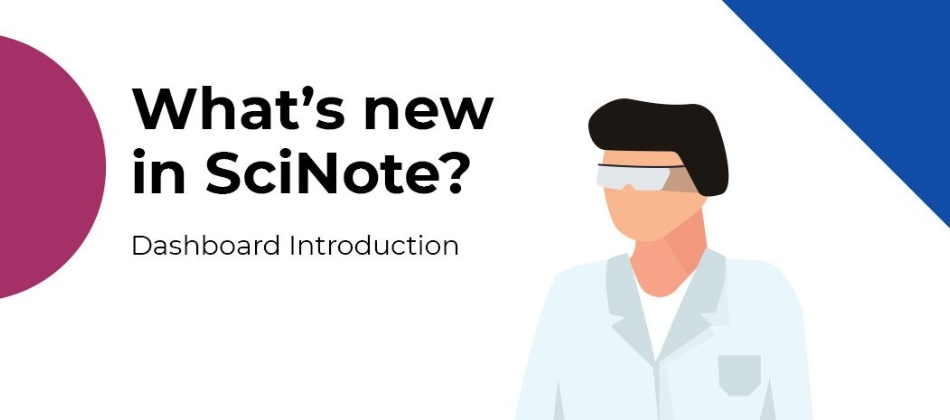
![[Video] Experiment Templates Are Now Available to SciNote Users blog](https://www.scinote.net/wp-content/uploads/2020/03/Video-Experiment-Templates-Are-Now-Available-to-SciNote-Users-blog.jpg)
![[Video] Image Annotations and Advanced Filtering of all Activities in SciNote blog](https://www.scinote.net/wp-content/uploads/2019/04/Video-Image-Annotations-and-Advanced-Filtering-of-all-Activities-in-SciNote-blog.jpg)
